It`s never too early to start planning your next travels with your family and friends. Holidays with them can provide you with some great lifelong memories.
A family getaway, a romantic trip, or long weekend with friends can strengthen important bonds. Whether it’s a quick weekend break or a week-long vacation, our list of the top trending destinations for 2024 is a good place to start.
From gems in Slovenia to Albania and North Macedonia, these are some of the world’s most interesting and trending travel destinations right now.
Whether you want new adventures or simply to relax, this year’s emerging travel destinations promise a blend of authenticity, natural wonders, and cultural immersion.
- Ljubljana, Slovenia
- Chisinau, Moldova
- Pristina, Kosovo
- Skopje, North Macedonia
- Sofia, Bulgaria
- Tirana, Albania
Ljubljana, Slovenia
Ljubljana, the enchanting capital of Slovenia, is a city where history and modernity dance along the riverbanks, creating a symphony of urban charm.
Crowned the Green Capital of Europe in 2016, Ljubljana’s heart beats around the emerald waters of the Ljubljanica River, which is embraced by pedestrian paths and bicycle lanes.
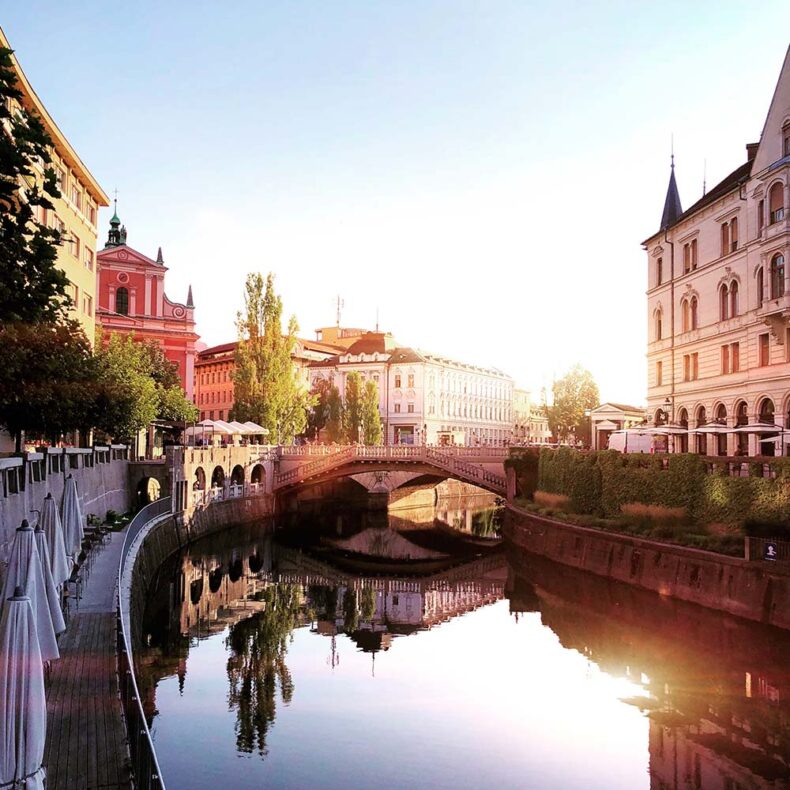
Photo source: Unsplash
The city’s soul really comes alive in spring and summer, when riverside cafés transform into vibrant social hubs.
Why travellers love Ljubljana
Ljubljana is considered one of the most sustainable cities in Europe. The car-free historical centre is perfect for leisurely strolls, as is the picturesque Ljubljanica River flowing through the city.
Here, you can cross the famous Triple Bridge while admiring the colourful riverside buildings and perhaps stopping at a café or two for a drink.
For an alternative way to enjoy Ljubljana’s main waterway, join a stand-up paddleboarding tour that will give you a unique view of the city.
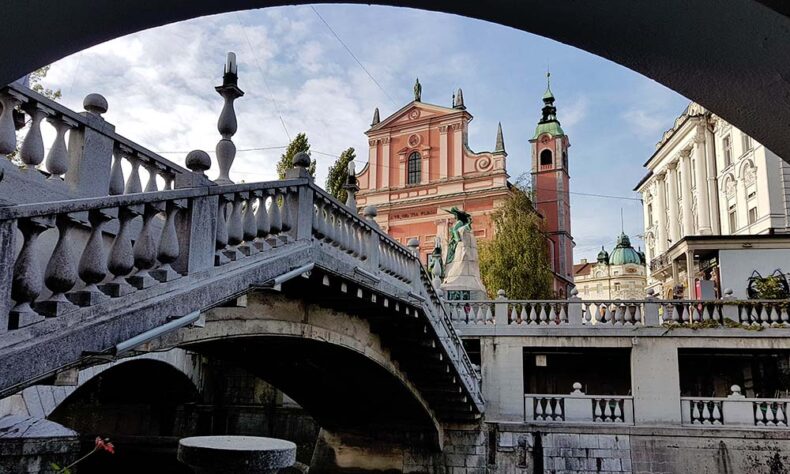
Photo source: Unsplash
Nearby, Ljubljana is also home to the incredible Tivoli Park, the city’s largest green oasis. The gardens here are perfect for more leisurely strolling, or even renting a bike to explore more distant corners of the park.
If it’s a sunny day, consider having a picnic in the park, and also check out the Jakopič Promenade in the middle of the park, which features photography exhibitions year-round.
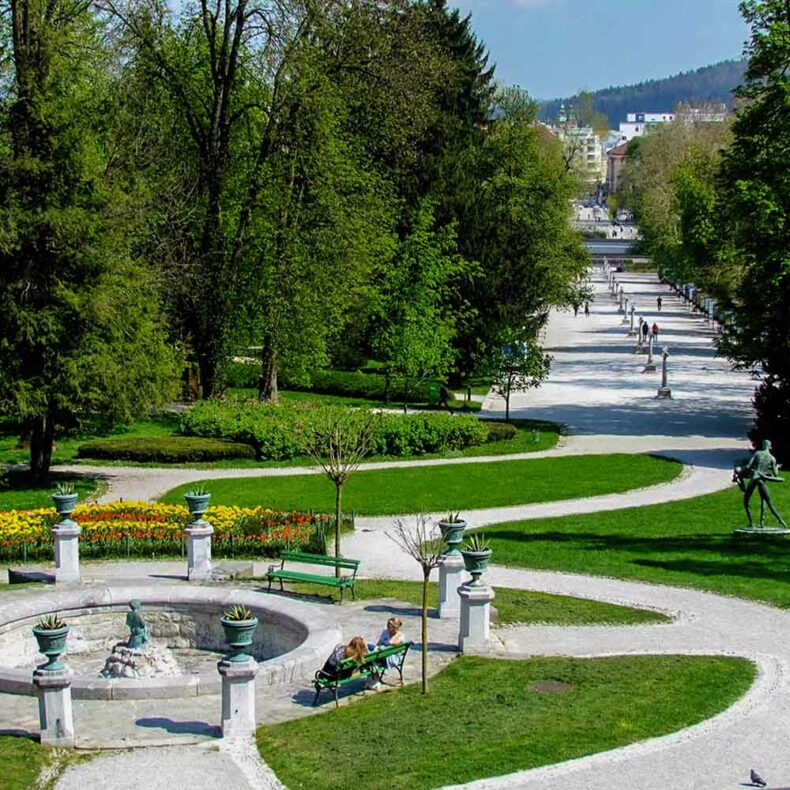
Photo source: Visit Ljubljana
What to do in Ljubljana
Architecturally splendid, with candy-coloured Baroque-era buildings, Ljubljana’s old town is a medieval gem.
Picturesque bridges crossing the river, a romantic castle, and cobblestone piazzas bustling with café culture all make this a tempting city in which to spend a weekend, or longer.
It’s a city that rivals Prague’s grandeur yet exudes a distinct blend of Alpine crispness and Mediterranean zest, making it an irresistible stop for any traveller.

Photo source: Unsplash
A visit to Ljubljana should start with a trip to the iconic Ljubljana Castle overlooking the city.
Located on a hill east of the centre, you can get there via the 70-metre-long funicular that soars up the hill directly from the old town – but climbing up to the castle on foot isn’t that difficult.

Photo source: Unsplash
Visitors can roam the castle grounds free of charge, but you’ll need to pay admission to get into the watchtower (which has incredible views) and the Chapel of St. George (the oldest surviving part of the castle).
Slovenia’s enchanting capital is also home to a strong counterculture movement, the epicentre of which can be found at the vibrant Metelkova Mesto, an old army barracks that was overtaken by squatters in the 1990s.
Today, it’s a cultural centre covered in street art and filled with galleries, bars, and clubs. Visit during the day to admire the wonderful graffiti; at night, it’s a great place to party.
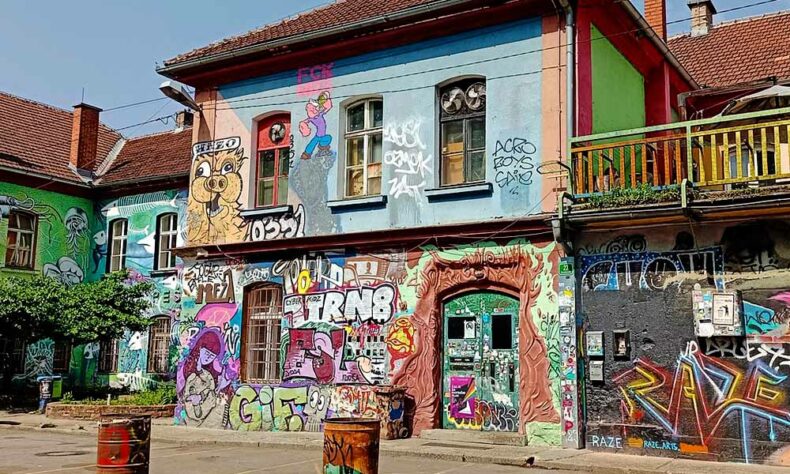
Photo source: Tripadvisor
What to eat in Ljubljana
Slovenian cuisine is a delectable blend of Central European and Mediterranean flavours, with a healthy dose of inspiration from Italy, which borders Slovenia.
Indulge in traditional dishes such as potica (rolled pastry with various fillings), idrijski žlikrofi (dumplings), and Carniolan sausage.
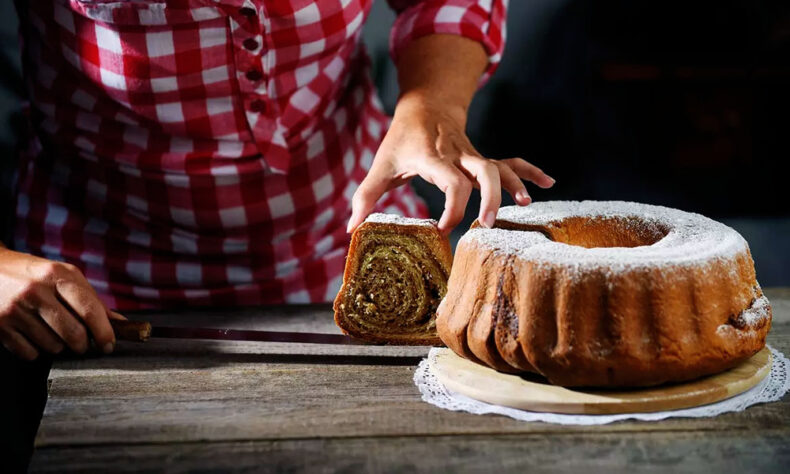
Photo source: Visit Ljubljana
Then, wash it all down with a cold beer; Ljubljana has an extensive history with brewing beer, and there are several excellent craft breweries to explore.
Chisinau, Moldova
Chisinau, the capital city of Moldova, is a very interesting place and one of Europe’s most unusual spots to visit. It’s a bit of a hidden gem and one of the least-visited places on the continent, but those who do come are delightfully surprised by this modern and forward-thinking city.
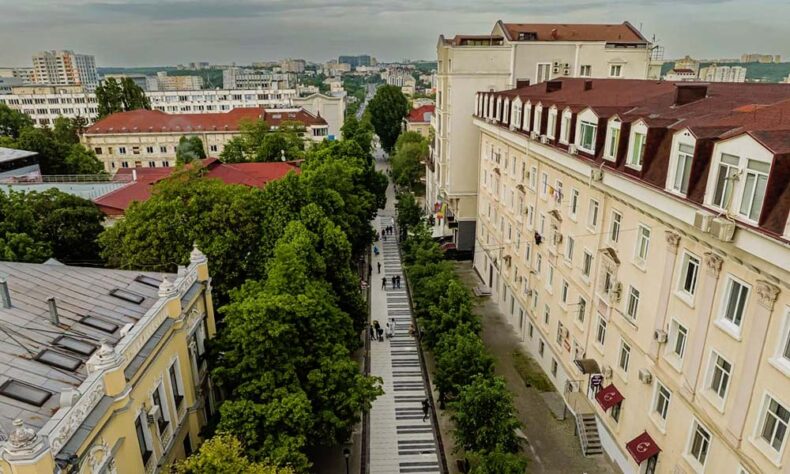
Photo source: Visit Chisinau
It’s a place of impressive Stalinist architecture, but look past those edifices and you’ll discover a city that’s full of new energy and has a fun and youthful population.
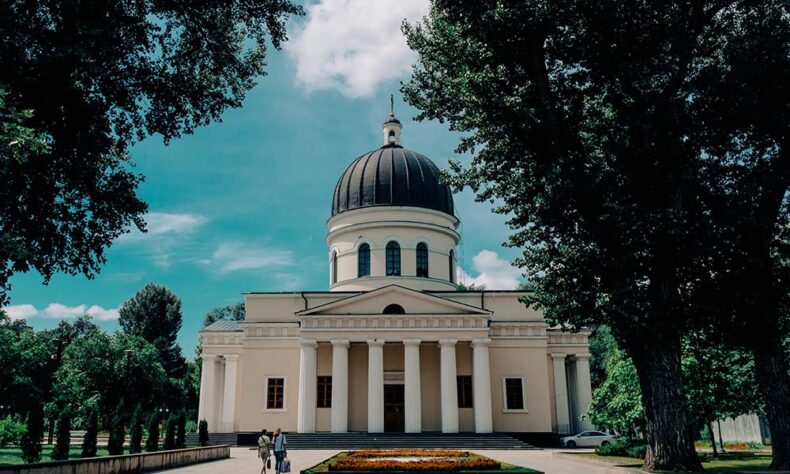
Photo source: Unsplash
Why travellers love Chisinau
A city for food and wine lovers. The vineyards and wine production here date back centuries, and the hearty food is a mix of all the countries that surround Moldova.
Then there are Chisinau’s leafy parks and avenues, beautifully contrasting the imposing architecture that lines the broad avenues of the city.
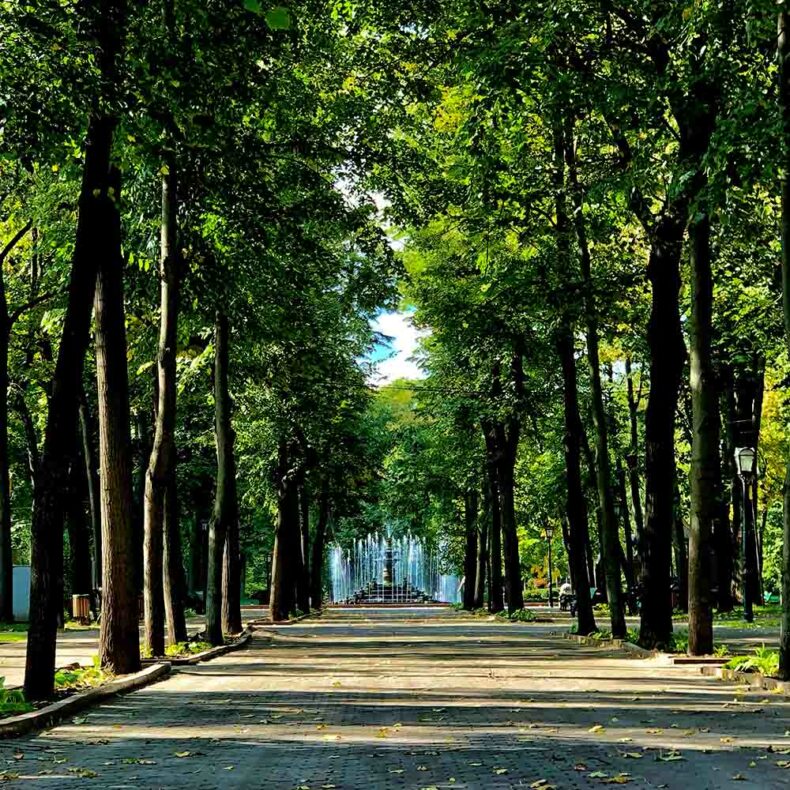
Photo source: Unsplash
What to do in Chisinau
Like most European cities, you can start any exploration of Chisinau on foot.
Begin in the charming city centre, where you’ll find many of the city’s major landmarks, such as the impressive Nativity Cathedral and Chisinau’s Arcul de Triumf (Triumphal Arch).

There’s also the Central Market (Piața Centrală), a bustling bazaar where you’ll find locals browsing the many fruit and vegetable stands.
For history buffs, there are museums aplenty. The National History Museum, the Military History Museum, and the National Museum of Fine Arts will all help you understand the history and culture of Moldova.
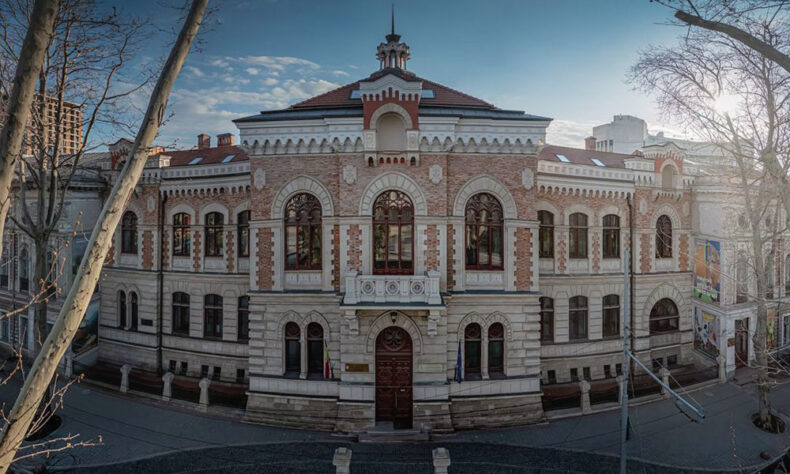
Photo source: Visit Chisinau
For a green escape in the city centre, Chisinau has an abundance of leafy parks. The easiest to access is the centrally located Ştefan cel Mare Park, named after Moldova’s national hero, who defended the country from the Ottomans over 500 years ago.
Even more green space can be found at the Valea Morilor Park to the southwest, where lakeside paths take visitors through a landscape filled with ornate fountains, granite stairs, and picturesque views over the water.
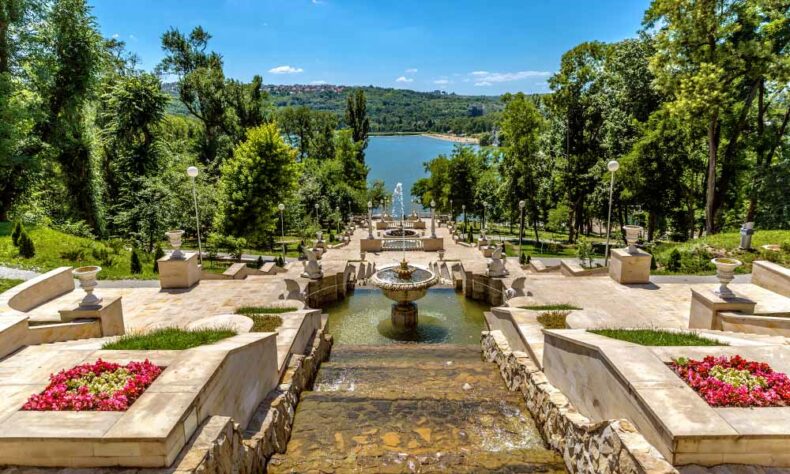
Moldova’s most famous landmark can be seen within a day trip from Chisinau.
Orheiul Vechi is an archaeological complex just 50 kilometres north of the city that showcases ancient cave monasteries and breathtaking views of the Raut River.
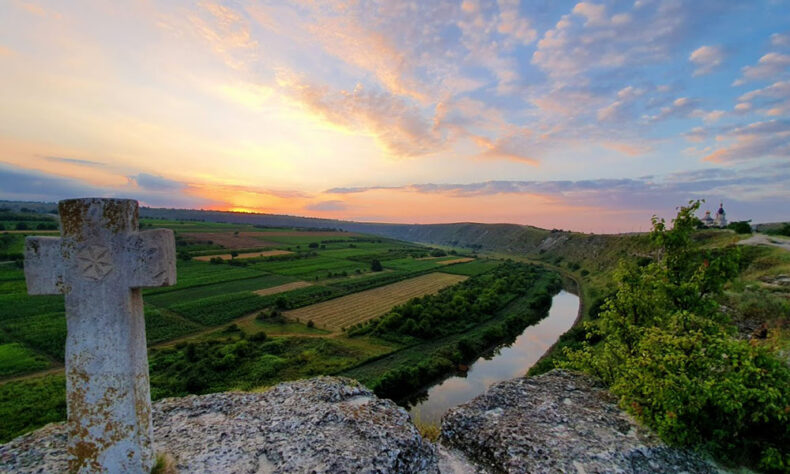
Photo source: Moldova Travel
What to eat in Chisinau
No visit to Chisinau is complete without a trip (or two) to one of the nearby wineries.
The best is Mileştii Mici, with over 200 kilometres of tunnels in which 1.5 million bottles of wine are stored.

Photo source: Moldova Travel
The Cricova winery, with 150 kilometres of tunnels and exceptional wine, is also notable. At both, a tour of the winery and tasting is recommended, as is lunch at their respective restaurants.
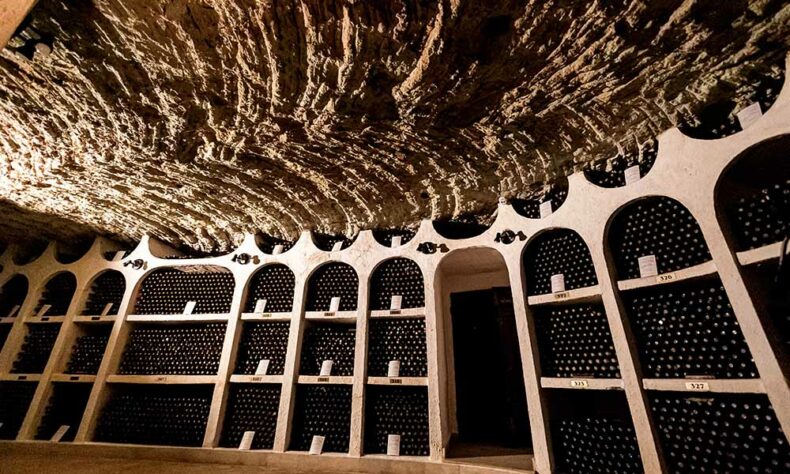
Photo source: Moldova Travel
Try traditional dishes such as mamaliga (a cornmeal porridge), placinta (a savoury pastry filled with cheese, potatoes, or cabbage), and sarmale (cabbage rolls stuffed with meat and rice).

Photo source: Moldova Travel
Pristina, Kosovo
Pristina in Kosovo is a young and dynamic capital city leading a country that has overcome many challenges throughout its history.
It’s clear that the youngest capital city in Europe is eager to show its potential to the world. It’s developing rapidly and drawing increasing attention from intrepid travellers.
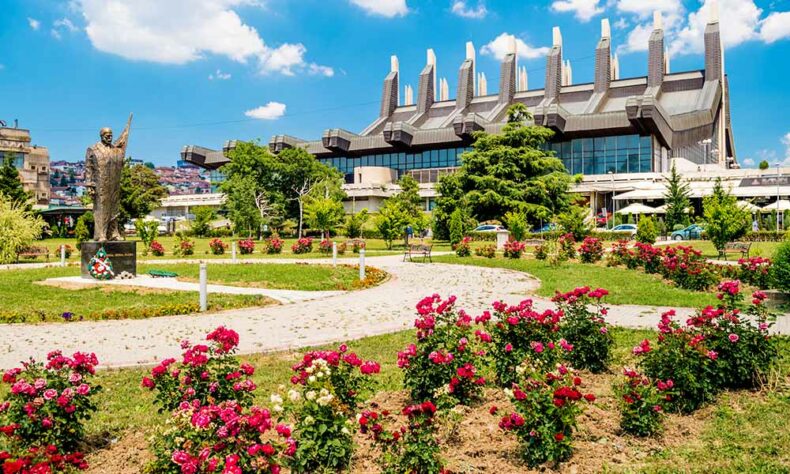
Come for the energy and the warm hospitality of the locals, who are delighted to welcome visitors to their capital!
Why travellers love Pristina
Visitors to Pristina should visit the National Gallery of Kosovo and the numerous independent art studios and galleries scattered throughout the city.
With a population whose median age is around 29 years, Pristina is a young capital, and its people are eager to express themselves, drawing inspiration from the city’s Ottoman, Yugoslavian, and post-war legacies.
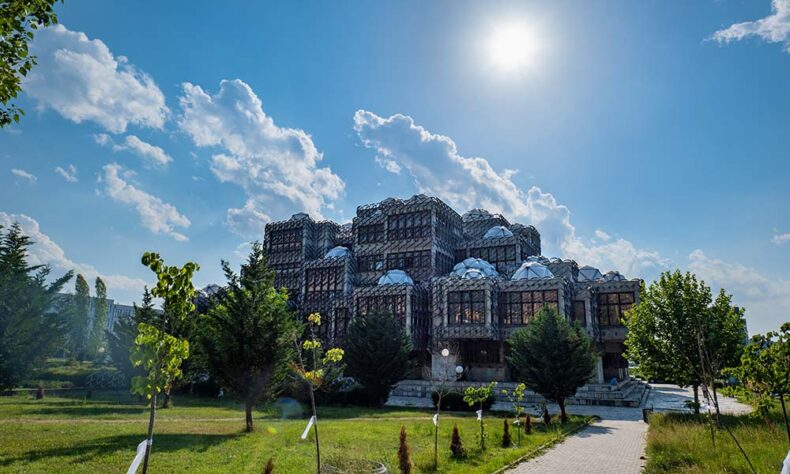
What to do in Pristina
Pristina is home to a mishmash of architecture styles jumbled along traffic-laden streets, but there’s something beautiful about the madness.
Dotted throughout the city are ancient bazaars and mosques, while more modern offerings include new museums and an abundance of local art galleries.

Photo source: Visit Kosovo
Start your exploration of Pristina at the iconic Newborn Monument, a symbol of Kosovo’s independence that was unveiled on February 17, 2008, when Kosovo declared independence from Serbia.
The monument has been repainted several times to reflect the changing mood and identity in the city.
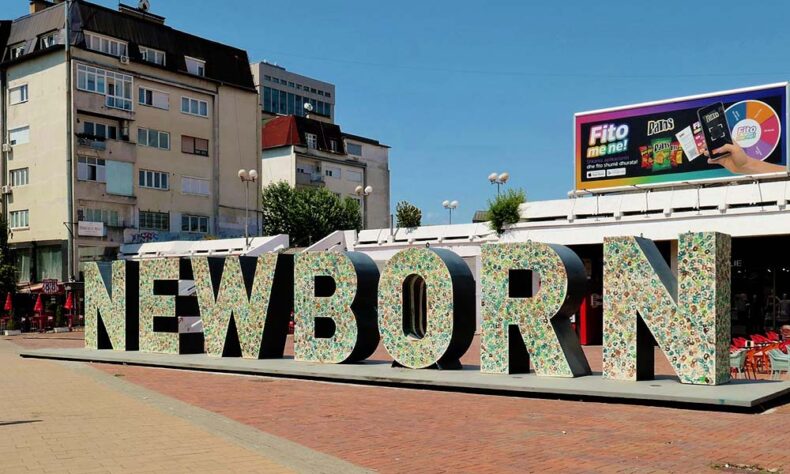
Photo source: Tripadvisor
Then, head over to the Kosovo Museum. Housed in an Ottoman-era mansion and home to artefacts dating from prehistory to the present day, it explains the country’s heritage and history.
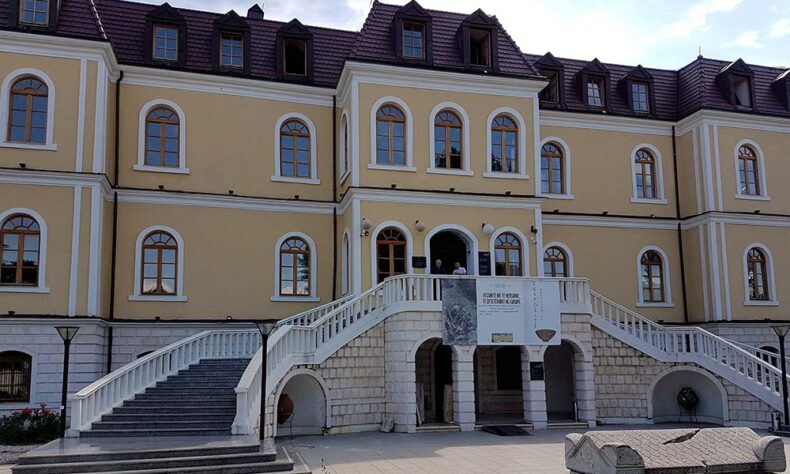
Photo source: Tripadvisor
The main street in Pristina is Mother Teresa Boulevard, a bustling thoroughfare that will tempt you with plenty of shops, cafés, and restaurants.
It’s the perfect place to soak up the atmosphere of this unique city, people-watch, and chat with locals.
When the traffic becomes too much, head to the far eastern end of Pristina and Germia Park, an expansive green space that provides respite from the busy streets.
Here, you can rent a bike and ride through the peaceful tree-lined paths and relax in the shade.
What to eat in Pristina
The cuisine in Kosovo is a delicious blend of Balkan, Turkish, and Mediterranean flavours.
Try traditional dishes such as flija (a layered pastry with yogurt inside), burek (a savoury pastry filled with meat or cheese, vegetables, and rice), and tavë kosi (a baked lamb casserole with yogurt).

Photo source: Tripadvisor
Skopje, North Macedonia
Skopje in North Macedonia is another one of the most unusual and underrated destinations in Europe.
This bite-sized capital packs a real punch, with a rich history that spans from the Byzantine and Ottoman empires to the present day.
The city has witnessed centuries of change and turmoil, and you can see it at every turn. It’s in the 15th-century Stone Bridge and the 6th-century Tvrdina Kale Fortress, in the old bazaar at the heart of the city, and in a host of other fascinating sites.
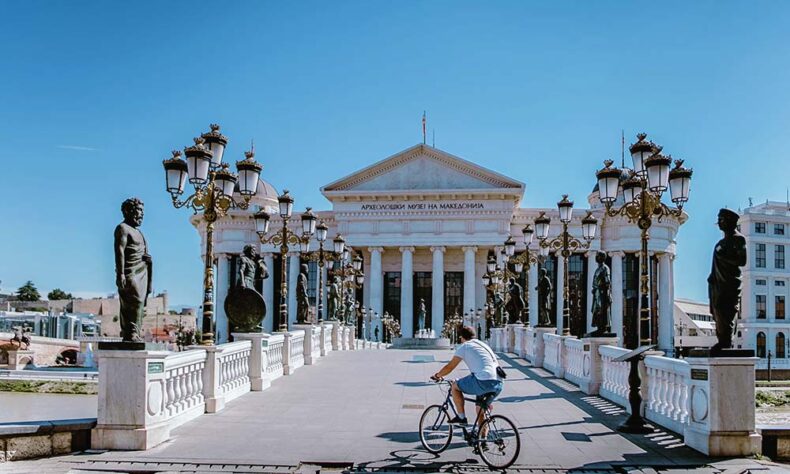
Photo source: Unsplash
Why travellers love Skopje
Skopje is a special destination, if only for the presence of its rich history. Dating back several millennia, everywhere you look you’ll see another key piece of the city’s past.
But just when you think you’ve travelled far back in time, you’ll come across a piece of cutting-edge modern architecture.

Photo source: Unsplash
Skopje is also a place of innovation and has plenty of ambition for development further into the 21st century. Add to that, there’s easy access to glimmering lakes, rugged mountain trails, and expansive national parks in all directions from the city.
What to do in Skopje
Because Skopje spreads out from the Čaršija old town, it’s a good place to start any exploration of the city. Set on a hilltop, this is an area of winding lanes and Ottoman heritage that’s overflowing with tea shops, mosques, and interesting shops.
At the heart of the neighbourhood is the Old Bazaar, one of the largest and oldest bazaars in the Balkans, where you can haggle for traditional crafts and souvenirs.
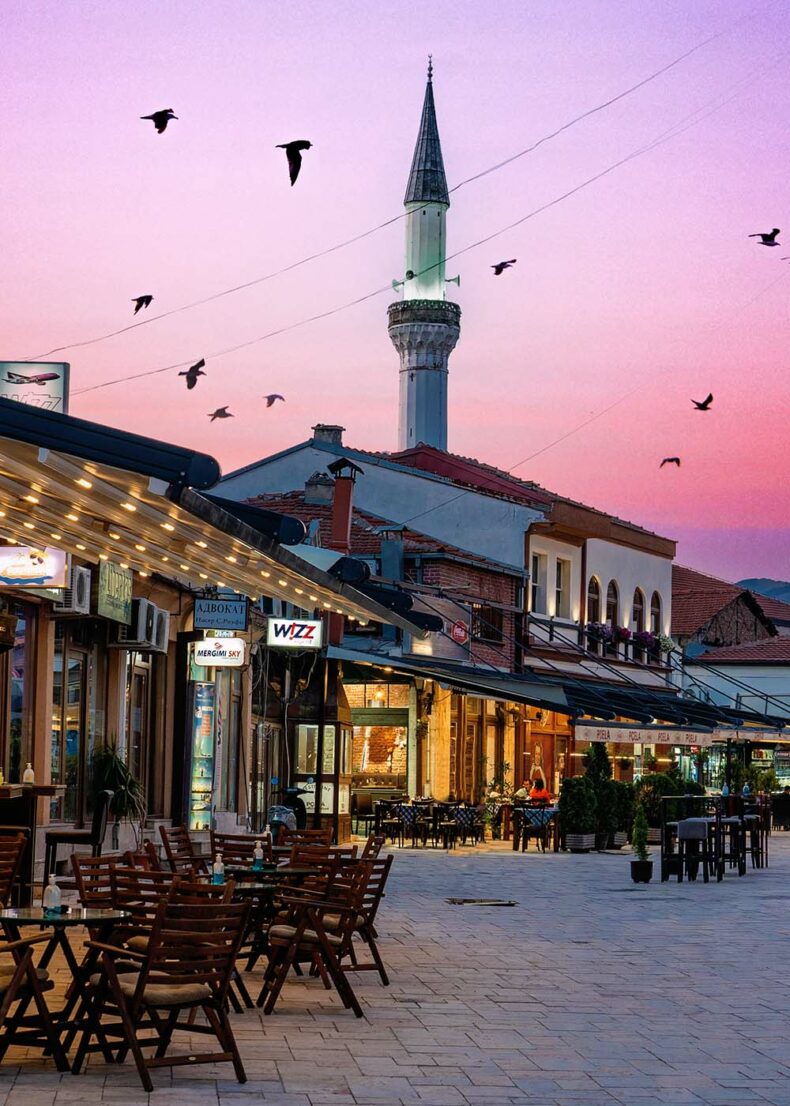
Photo source: Unsplash
At the southern edge of Čaršija is the iconic Stone Bridge, a symbol of Skopje that crosses the Vardar River across to the modern city centre.
Here there are grand buildings and monuments, most of them crowded around the impressive Macedonia Square.
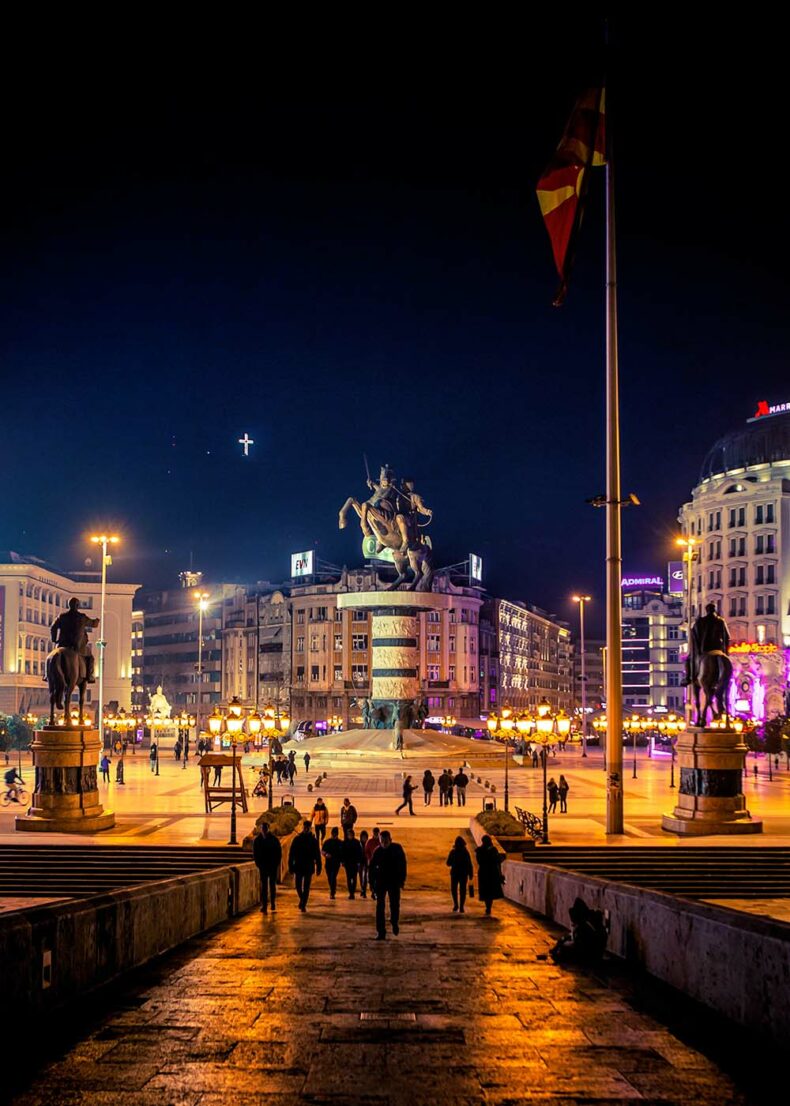
Photo source: Unsplash
As you explore, your eyes will likely be drawn to the impressive Tvrdina Kale Fortress dominating the city’s skyline. It’s an easy walk up from the old town, and from the ramparts you’ll enjoy wonderful views over Skopje.
Then there’s the Archaeological Museum of Macedonia, which houses a vast collection of artefacts from prehistoric times to the Ottoman period.
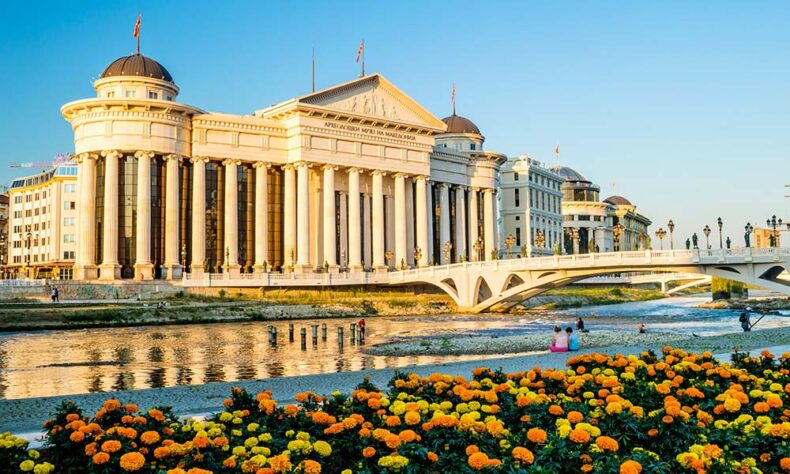
If you’re staying longer than a weekend, it’s worth taking a day trip out of the city to explore some of the stunning natural beauty on offer.
Just outside Skopje is the impressive Matka Canyon, with towering cliffs protecting a river of crystal-clear water where you can go kayaking or take a boat tour into a nearby cave.
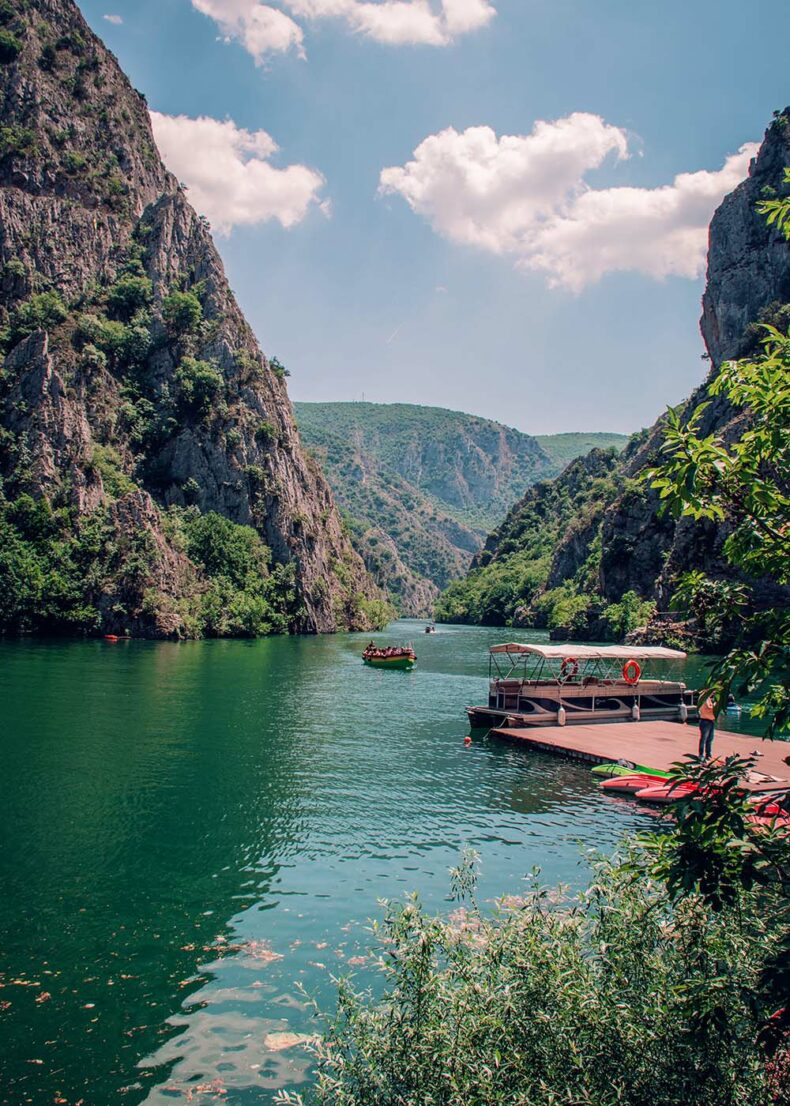
Photo source: Unsplash
What to eat in Skopje
North Macedonian cuisine is a delightful fusion of Balkan, Mediterranean, and Middle Eastern flavours.
While in Skopje, try traditional dishes such as Macedonian sarma (cabbage rolls stuffed with ground meat, rice, onions, and spices), Shopska salad (a refreshing salad with tomatoes, cucumbers, and cheese), and turli tava (a vegetable stew).
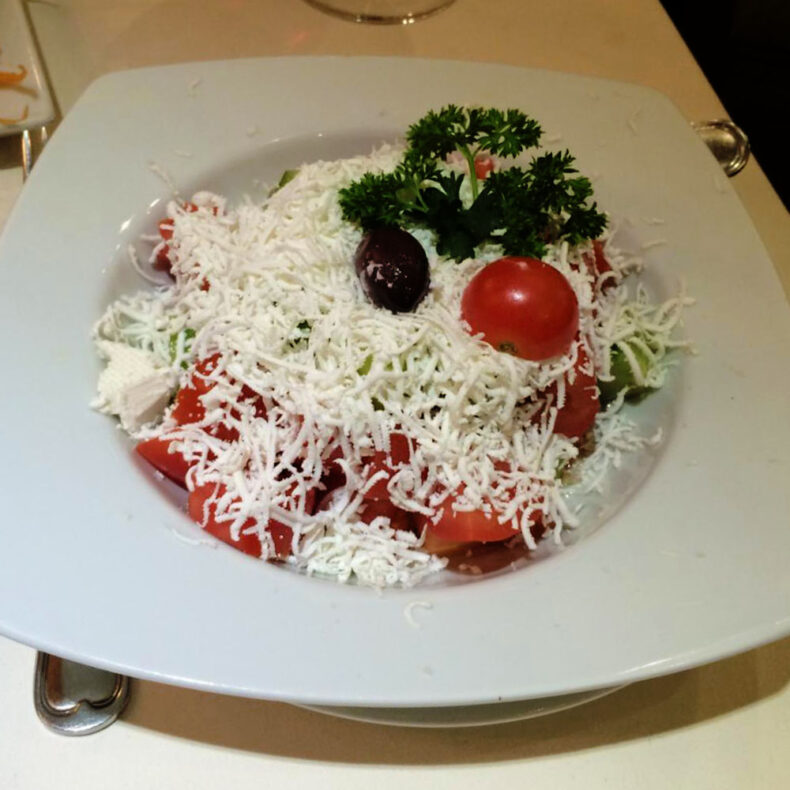
Photo source: Tripadvisor
Also don’t miss the opportunity to try the strong fruit brandy known as rakija and indulge in a cup of Turkish coffee, a symbol of hospitality in North Macedonia.
Sofia, Bulgaria
Another hidden gem nestled in the heart of the Balkans, Sofia boasts a rich and fascinating history, opulent architecture, and a buzzing cultural scene.
It’s not a grand metropolis by any means, but the city has a youthful feel to it and offers a tantalising blend of eastern and western cultures.
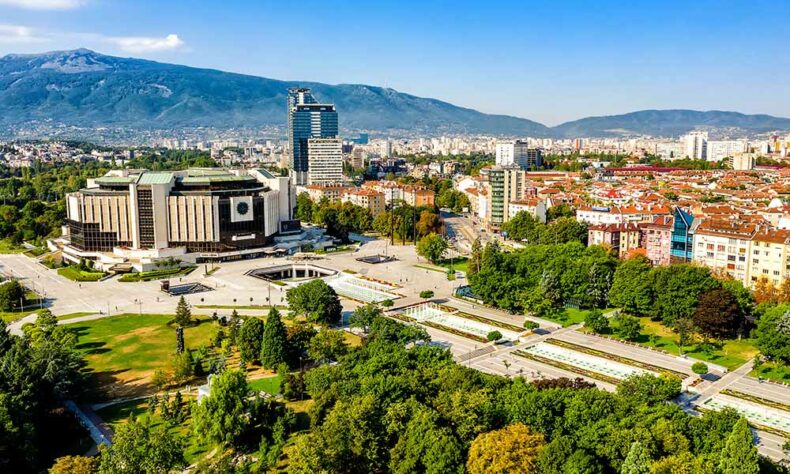
The result is an eclectic, exotic atmosphere where onion-domed churches, Ottoman-era mosques, and Red Army monuments sit side by side with Roman ruins from nearly 2000 years ago.
Why travellers love Sofia
Sofia is a very green city, home to vast parks and manicured gardens that come to life in spring and provide welcome relief from the urban hustle and bustle.
Not that the city is overwhelmingly busy, though; in fact, this is quite a chilled-out place, with great restaurants and sidewalk cafés that are ideal for lazing away warm spring days and people-watching.

Photo source: Unsplash
And on the city’s doorstep? Fantastic vineyards and the mighty Mount Vitosha, which beckons travellers with verdant scenery and hiking trails.
Sofia is a surprising place, but one that will make you want to stay longer and explore further.
What to do in Sofia
Begin your exploration of Sofia at the iconic Alexander Nevsky Cathedral, a huge Orthodox cathedral topped by stunning golden domes.
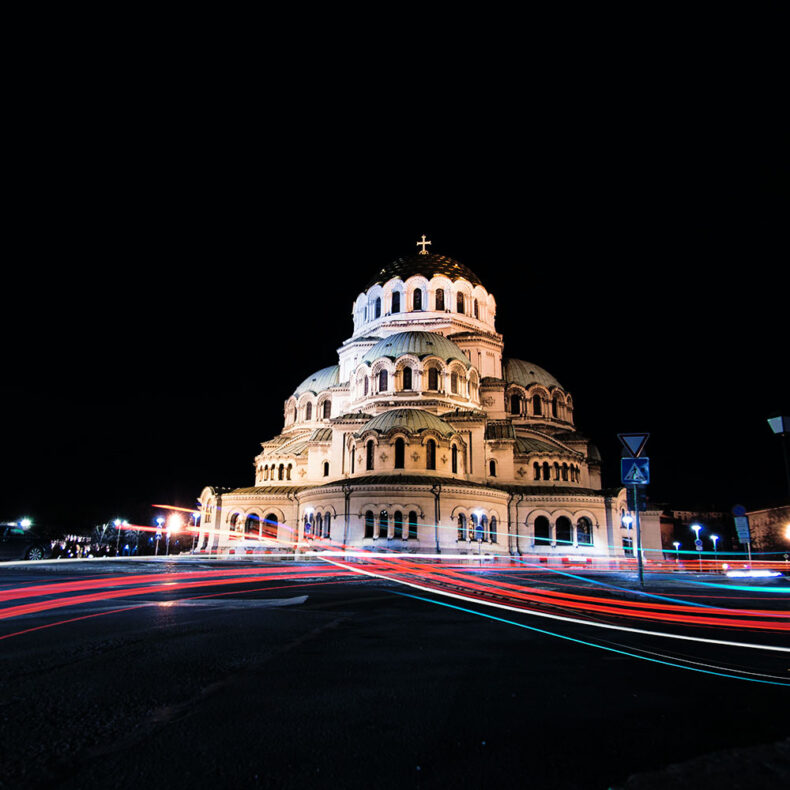
Photo source: Unsplash
Sofia is also home to a charming city centre filled with photogenic landmarks such as the Ivan Vazov National Theatre, the National Library, and the vibrant Vitosha Boulevard.
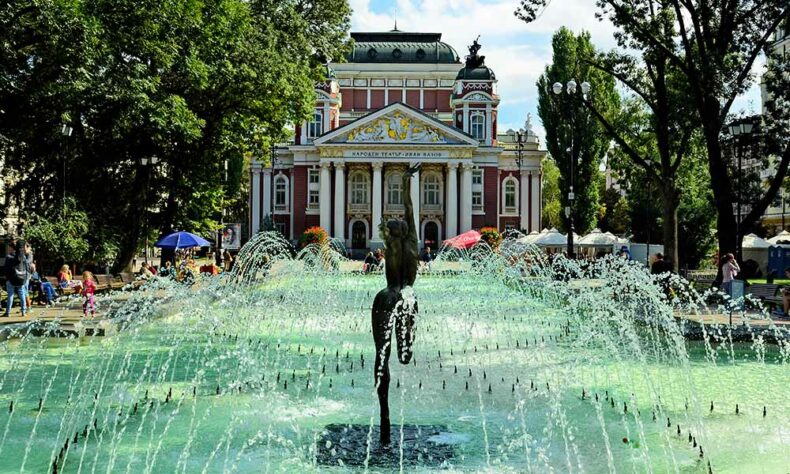
Also in the heart of the city are the ancient Roman ruins of Serdica, where you can see the remains of Roman streets, a basilica, and baths dating back to the 4th century CE. The ruins were only recently discovered, in 2010, when the city was doing construction work on the Serdica metro station.
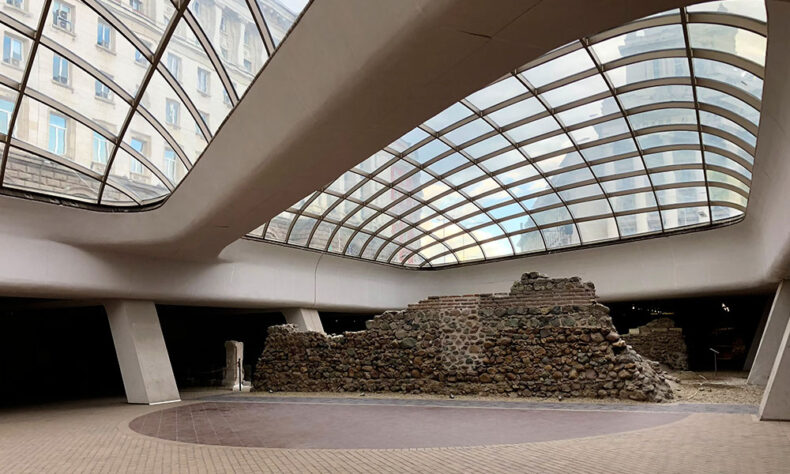
Photo source: Unsplash
There are many places to get a peek at the various layers of history in Sofia. The National Museum of History is an obvious starting point and is filled with an exhaustive collection of artefacts, including Thracian and Roman treasures.
We’ve already mentioned that Sofia is a green city, so when the concrete gets too much to bear, we recommend heading to Borisova Gradina Park. This is the city’s oldest and best-known park, with leafy avenues, expansive lawns, monuments, and small ponds to explore.
What to eat in Sofia
While in Sofia, indulge in traditional dishes such as banitsa (a savoury pastry filled with cheese), eshana skara (a plate of various meats garnished with salad), and tarator (a refreshing cold soup made from cucumber and traditional Bulgarian yogurt).
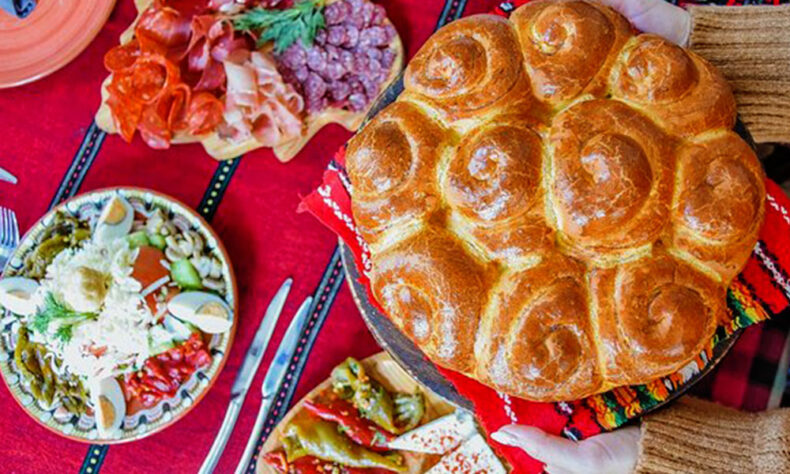
Photo source: Tripadvisor
Bulgaria is also home to some exceptional wine, which is perfect for washing down the meat-heavy meals that are popular here.
Tirana, Albania
Tirana, the capital of Albania, is another Balkan gem that largely goes unnoticed by tourists.
Once a bleak and oppressive place, restricted as it was under communist rule, Tirana has undergone an impressive transformation in the past few decades.
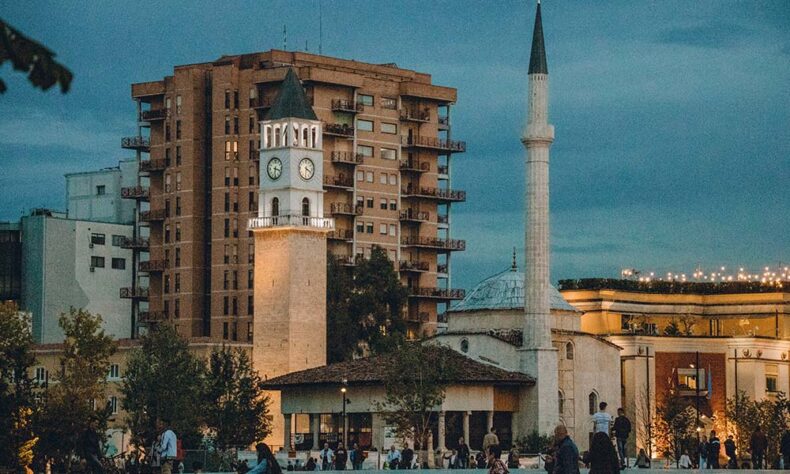
Photo source: Unsplash
Today, it’s a lively, colourful city that’s full of energy and optimism about the future. The city centre is a kaleidoscope of brightly painted buildings interspersed with historical landmarks, such as the Ottoman-era stone bridge.
Why travellers love Tirana
Tirana is the cultural, entertainment, and political hub of the country, where you’ll find chic cafés, trendy bars, and fascinating museums.
Add in bustling markets across the city, a stunning mountain backdrop, and a strong sense of hospitality, and you’ve got one of Europe’s most charming destinations – without the crowds.

Photo source: Tripadvisor
What to do in Tirana
Begin your journey in Tirana at Skanderbeg Square, named after Albania’s national hero. There’s a statue of him in the middle of the square, and all around stand some of the most iconic buildings in the city, including the National History Museum, the opera house, and the Et’hem Bey Mosque.

Photo source: Unsplash
Since the National History Museum is right there, head inside for a good introduction to the history of Albania. If you’re short on time, you can just admire the giant mural on the outside of the building that depicts the different eras of Albanian history.
A short distance away is BunkArt2, a sprawling former nuclear bunker that now gives visitors an insight into Albania during the Cold War years. The original BunkArt museum is even bigger, although it’s on the outskirts of the city and best reached by taxi.
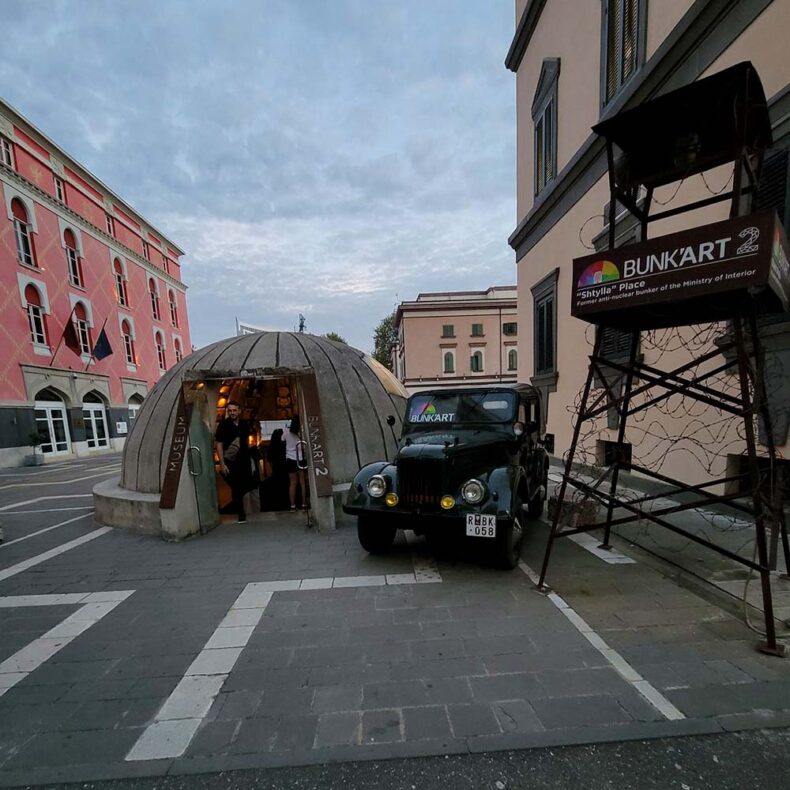
Photo source: Tripadvisor
Next up, make your way into the vibrant Blloku neighbourhood, once reserved for only the highest-ranking Communist officials.
It’s only fitting that it’s now one of Tirana’s trendiest neighbourhoods and has been taken over by high-quality cafés, restaurants, and boutique stores that cater to the alternative crowd.
Just like in Milan, the bars here do incredible aperitifs to fortify you for a night on the town.
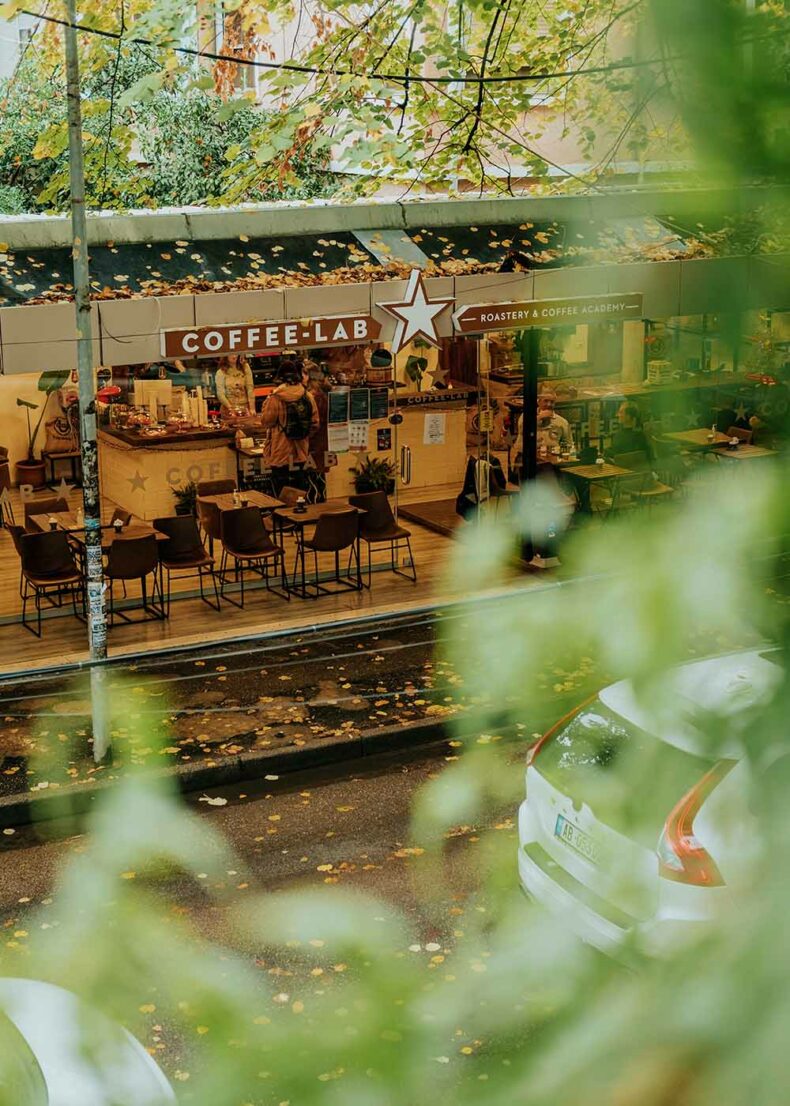
Photo source: Unsplash
For a trip outside the city, make a beeline for the stunning Dajti Mountain National Park just a short drive from the city. A cable car whisks you up the mountain and offers panoramic views over the city, while the restaurant at the top specialises in lamb dishes.
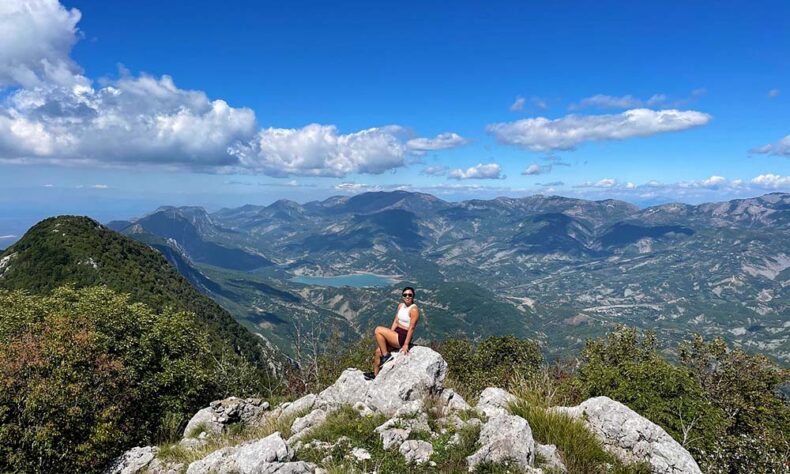
Photo source: Tripadvisor
Otherwise, simply enjoy the fun café culture in Tirana, where you can sip on some of the best coffee in the Balkans.
What to eat in Tirana
There’s a strong commitment to food in Albania – the locals value it as highly as the Italians do theirs. Since its independence, the country has slowly been reinvigorating its foodie scene, with a strong commitment to the farm-to-table philosophy.
Traditional dishes include things such as the classic Balkan byrek (a pie with various savoury fillings), fërgesë (a hearty dish made with peppers, tomatoes, and cheese), and tave kosi (baked lamb with yogurt).

Photo source: Tripadvisor
Wash it down with a glass of raki, which is a strong locally made fruit brandy, or indulge in a cup of Turkish coffee, a symbol of hospitality in Albania.